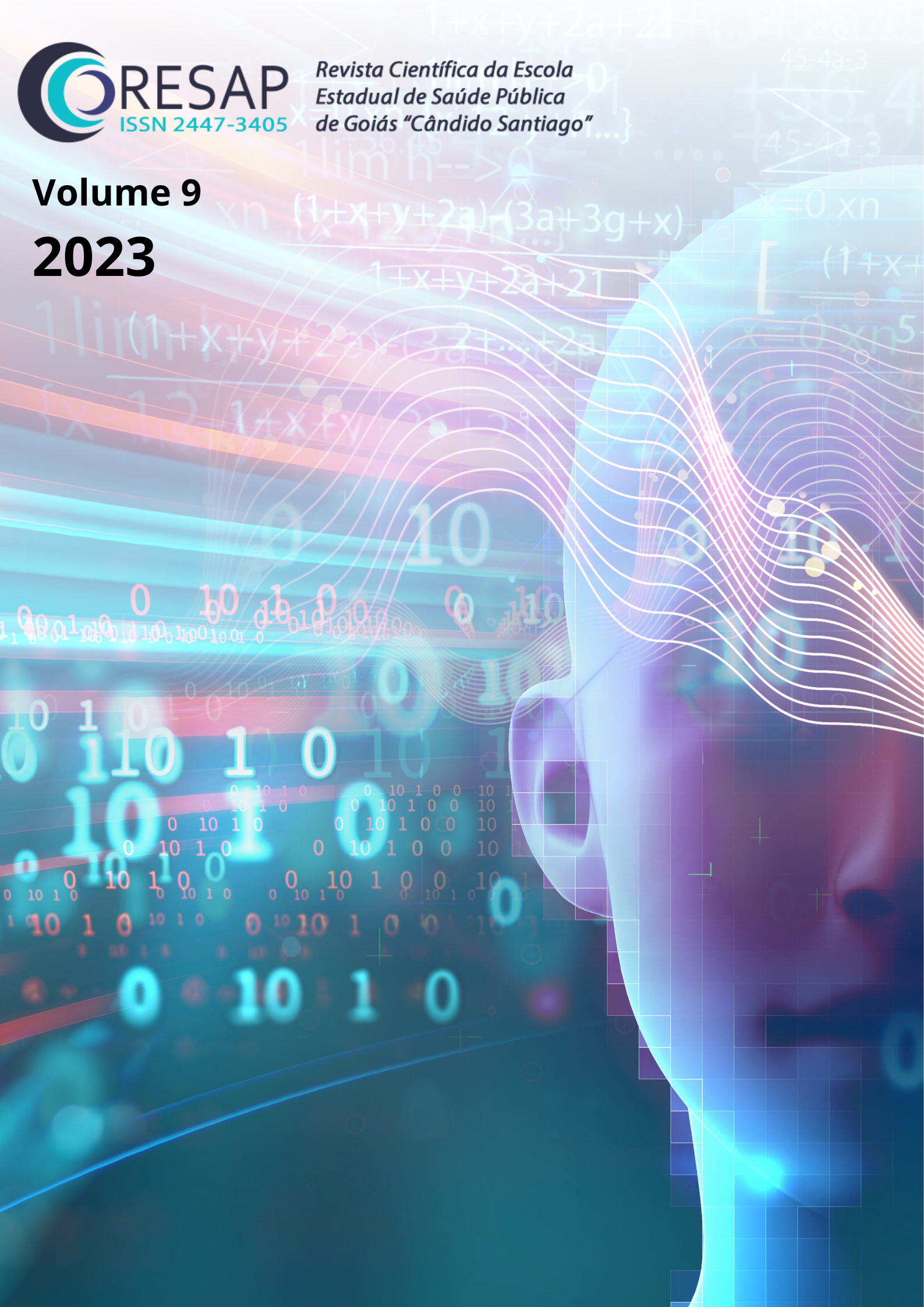Abstract
Introdction: About a third of the population affected by Cerebral Vascular Accident (CVA) can trigger aphasia, which is characterized by the loss or impairment of the language function, which can cause impairments in comprehension, speech emission, reading, writing and numerical skills, considered a important predictor of emotional distress and negative quality of life (QoL). Objective: Evaluate QoL aspects of aphasic patients after stroke. Method: Quantitative, observational, analytical and cross-sectional study carried out in a rehabilitation center. Inclusion criteria were age above 18 years, of both genders, and patients with injury time of less than 6 months, with a past history of psychiatric illnesses and/or concomitant progressive neurological conditions were excluded. Sociodemographic data and clinical variables were collected and the SAQOL-39 questionnaire was applied. For statistical analysis, a significance level of 5% was considered. Results: Of the 33 participants, 54.5% were female, with an age prevalence of 28 to 49 years (45.5%), mostly married individuals (54.5%), with the spouse as the main caregiver (58.1 %). The most affected domain was communication (2.23) and Energy (3.15) the least affected. Significant relevance was observed between QoL and age group, sex, type of stroke, non-use of a wheelchair and motor alterations. Conclusion: Among the various sequelae from stroke in aphasic patients, which directly influence general well-being, communication seems to be the skill that most impacts the QoL of these individuals.

